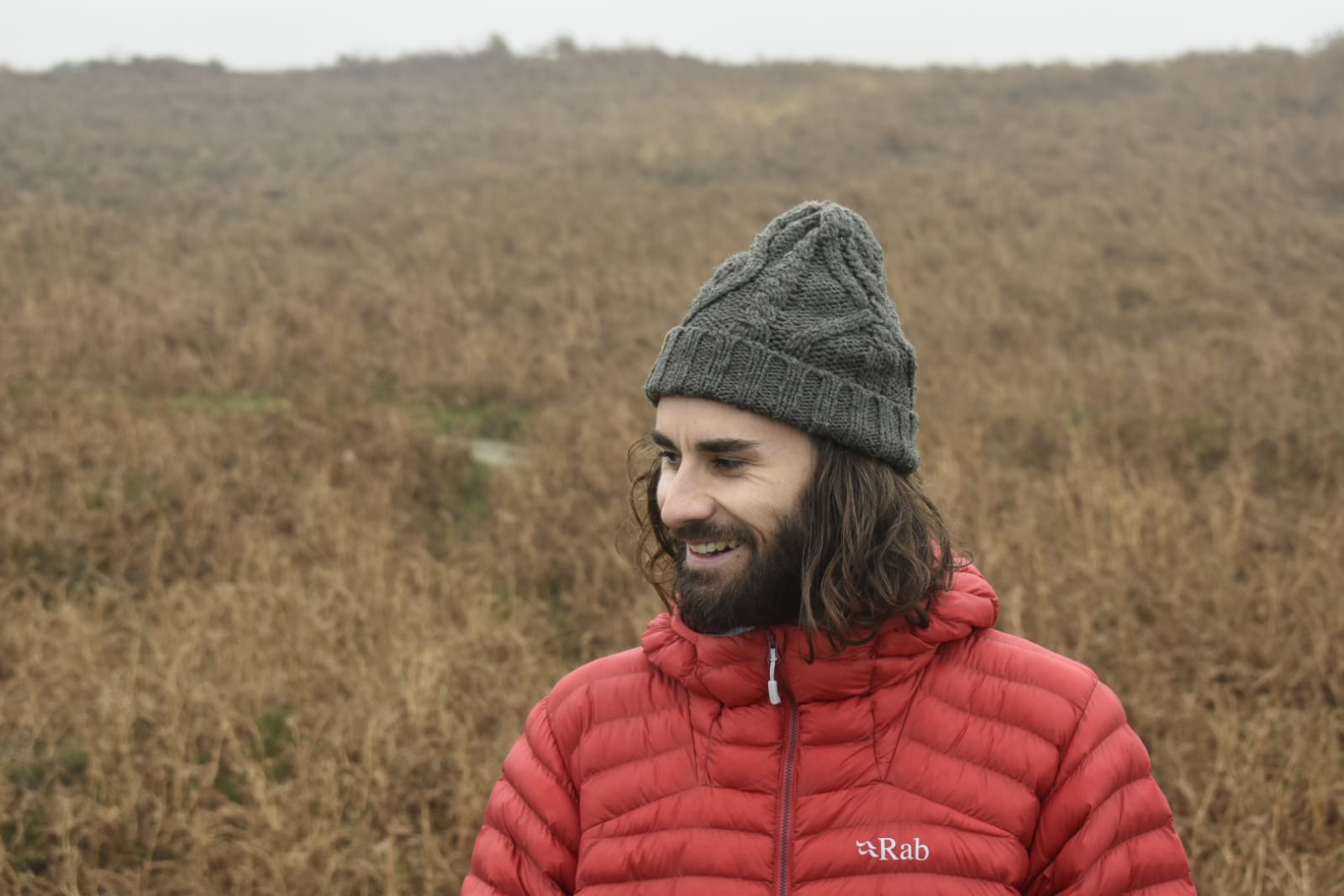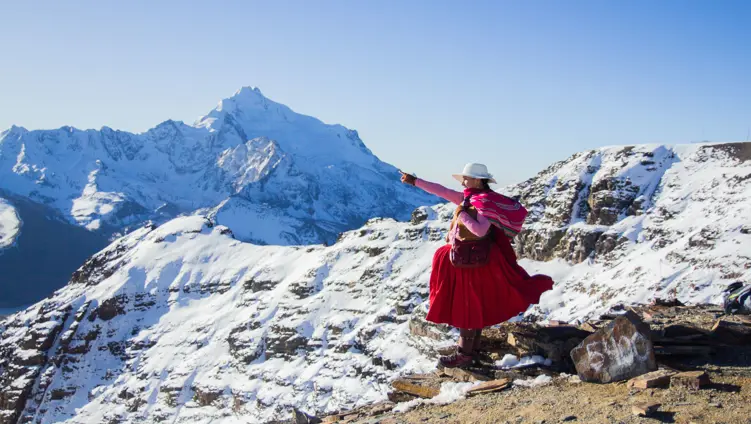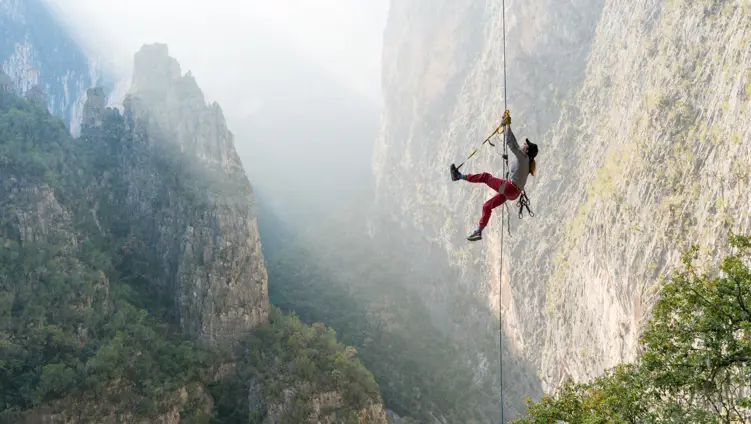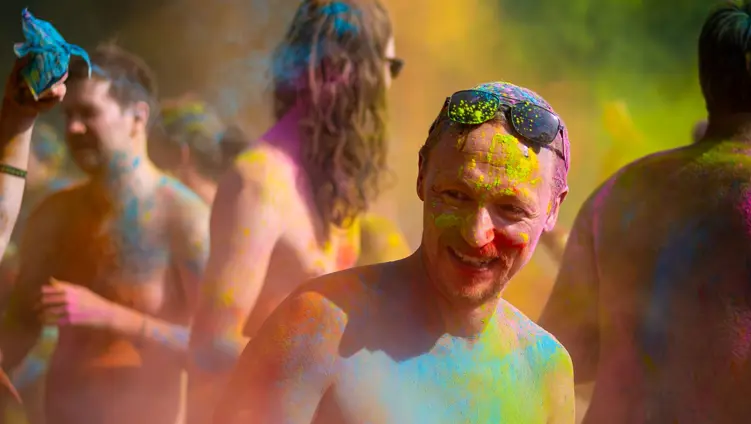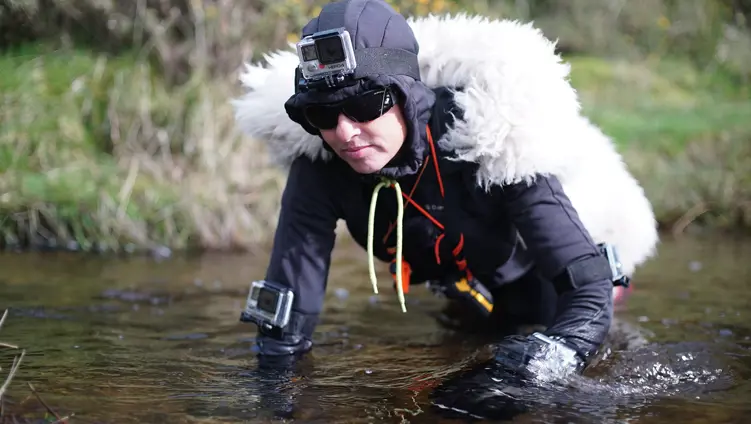
It has been described as “an attempt to understand and explore the planet as a sculptural object – to test its limits and report back from its extremities.” Immediately intrigued, our Editor Sam was keen to learn more about Simon’s idiosyncratic, adventurous body of work.
When I first emailed Simon to enquire about an interview, he responded generously, albeit with the caveat that he doesn’t really consider himself an ‘adventurer’, but somebody whose “work is a way to try to understand the planet that I find myself on, and to pursue 'wonder.’” The term ‘adventurer’ is at once loaded and ambiguous, difficult to pin down. But I finished our fascinating conversation feeling that the ideas behind Simon’s work, and his initial characterisation of himself, amount to an interpretation of being adventurous that holds rich potential for thinking about the adventure stories we tell.
At heart, Simon’s work is an attempt to help us feel a renewed connection to earth - to tangibly “remind people that they are on a rock spinning in space,” and to “in some sense measure it or feel it again.” The specific motivations for this reconnection vary between projects, but his method is “to understand the planet as a sculptural object” - a description of his work he often recalls, and a task that involves “trying to report back from the extremities.”
Simon’s portfolio has thus grown into a collection of journeys and other interactions that tinker and probe and dissect the earth: tracing meridians, walking underwater, locating antipodes, sinking a ship to create a reef, clambering over hedges and barns, sending a chair into the stratosphere.
Still from 'Going Nowhere 2', Simon Faithfull (2011). Header photo: Self-Portrait: Big Cypress, Everglades, Simon Faithfull (2020)
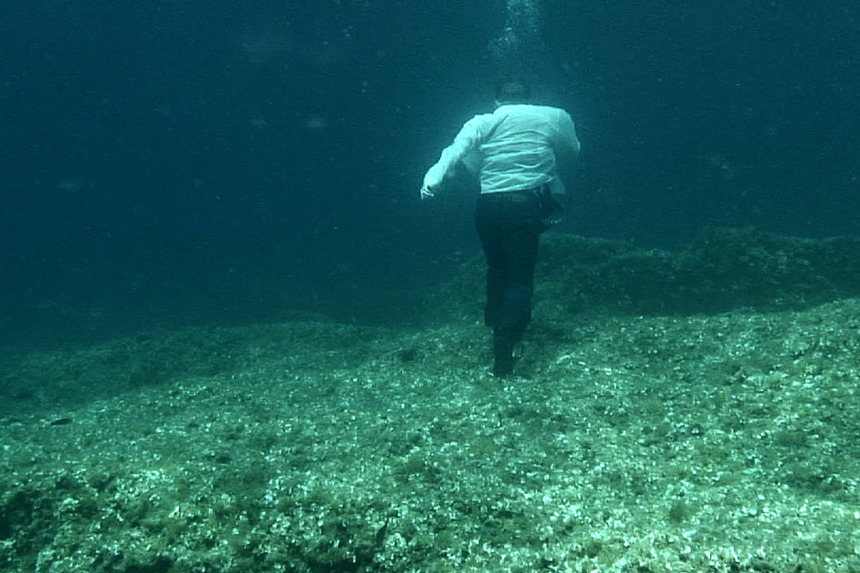
Simon attributes this fascination in part to seeing the iconic Earth Rise photograph when younger: a “little island oasis in this big, black sort of nothingness.” He also thinks it possible a sense of outsiderness and curiosity stemmed from his upbringing. He has written that he is the “product of a utopian experiment in communal living,” referencing his parents’ involvement with the Braziers Park commune in Oxfordshire. More than anything though, he sees his work as an extension of a child’s natural urge to explore. “One definition of an artist,” he says, “is somebody that gets to carry on asking the kind of stupid questions that kids ask, as a career.”
Journeys are integral to Simon’s work. “Placing myself into a different context is in some ways just enabling me to look with different eyes,” he explains. His aim is not so much to see new places, as see in new ways. “I am also interested in trying to look at the normal everyday streets around my house, or places that I know really really well, with the same eyes - trying to map the landscape, or get back a new wonder for the very normal and mundane.”
This mindset often sees Simon take journeys that follow some kind of creative constraint - typically an edge or border or line that doubles as a constructed human story, like the Greenwich Meridian, or the notion of an antipode, with its fantastical implication of people living upside down directly beneath us.
An early journey of this sort was along the River Lee, from East London to Luton, drawing as he went. It was “a very banal journey, but in my head I was thinking about Joseph Conrad travelling up the Congo in The Heart of Darkness. And so there was this imaginary adventure, but in a way reenacting some very old idea of adventure mixed up with colony and Empire, and that sense of the way that adventure is often about exploring to own something.” Eventually, he says, “people kind of called my bluff and I got a chance to go to Antarctica.”
Still from: Re-enactment for a Future Scenario #2: Cape Romano, Simon Faithfull (2019/2020)
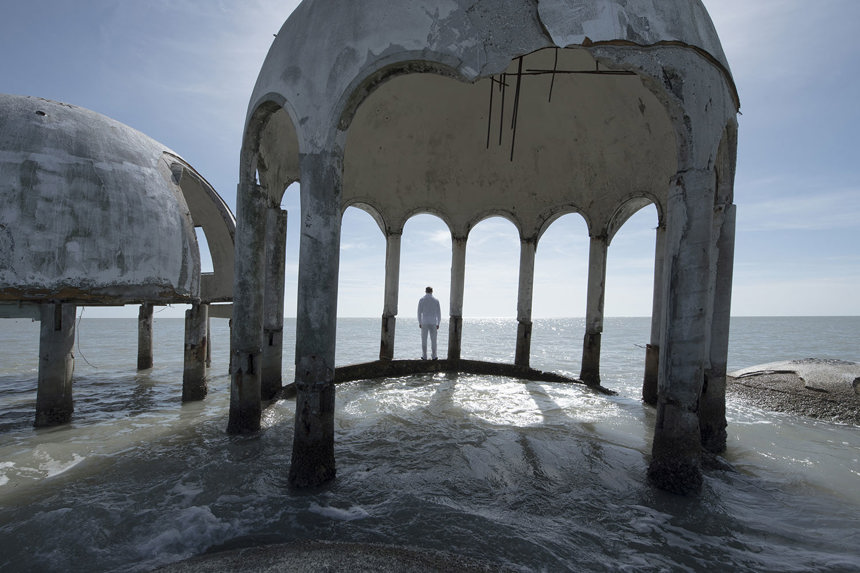
One reason for following constructed routes is as “a way to structure a narrative. It's really almost a cheat,” he says, referencing the idea of a transect in scientific fieldwork, whereby scientists will map a straight line through an environment to guide research, ensuring a representative sample and guarding against being drawn to interesting features. “It is a way of getting new eyes to look at things, because you're not getting the packaged, ‘This is what you’re supposed to come and look at.’”
Looking at journeys and adventure in this way suggests they can help us unpick and reframe stories about the world. One way Simon’s work does this is through a sense of the absurd. The protagonists in his work (played by him, whether in film or photo) “are often fools: they are kind of on ridiculous journeys that don't make any sense.” 0º00 Navigation Part I, in which he embarks on a “deranged” journey exactly along the Greenwich Meridian, ploughing over and through whatever obstacles lie in wait, is a good example.
Another is Quenanville as Antipode, for which Simon clambered about a small hamlet in Quenanville, France, retracing the contours of Antipode Island, Quenanville’s actual antipode. He took a student translator to handle the potentially awkward conversations. “People do relate,” he reflects, “even to a deluded fool on some kind of quest. That opens doors, literally.”
Earthscape no.1: Wadi Rum, Simon Faithfull (2018)
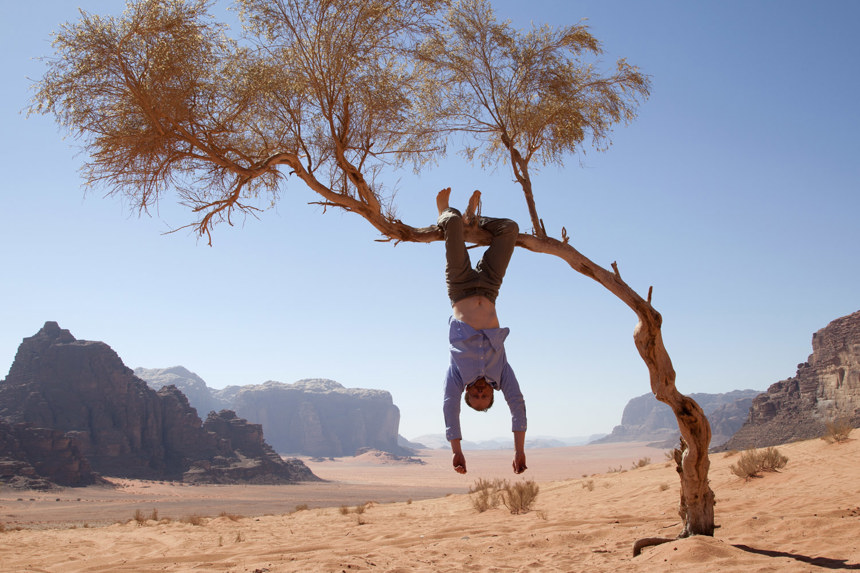
In part these projects are a comment on the absurdity of the human condition. “We are stuck in this kind of cosmic joke,” he explains, “where we have grand schemes and designs and the universe is constantly pulling them down again.” One implication is a comment on the absurdity of some increasingly esoteric adventure stories and achievements. “That's probably why I said I don't think of myself as an adventurer,” Simon observes: “because it’s becoming more and more absurd, this idea of the adventurer who has to hop one-legged to the South Pole.”
One of Simon’s ideas is a proposal to travel to near the North Pole, where the earth’s surface is spinning at roughly running speed, and to then run in the opposite direction and become the only thing on the surface of the Earth that is standing still. “It's that absurdity that I think we all feel: that we are running like mad to stand still, or we're trying to get away to somewhere else. And what you can't get away from is yourself.”
Simon’s surreal experimentation with journeys does make a more serious point about historical adventure narratives, too: the fact that traditional adventure narratives featuring the “Lone Explorer are really bound up with a project of pushing back the boundaries of what we know, but as an exercise, ultimately, in ownership.”
If we do not work to actively build healthy, critical adventure narratives and stories, the natural sense of childhood wanderlust - a very human urge - will continue to become problematically “bound up with a lone white figure going out into faraway places.” Simon’s efforts to explore and subvert that mode, and to tinker with ways to journey in new ways and with new eyes - all in a spirit of creativity, playfulness and criticality - offer thought-provoking and delightful ideas as to how - even though, or perhaps because, he isn’t your typical adventurer.
References and recommendations
- Buster Keaton - An American actor, comedian, filmmaker, screenwriter and stunt performer with a penchant for the surreal and deadpan. See his 1921 film The Boat.
- Sir Richard Long - A British land artist, and the only artist shortlisted four times for the Turner Prize, which he won in 1989. See his 1972 work, Walking a Line in Peru.
- Patrick Keiller - A British filmmaker and writer in the psychogeographic tradition. See his 1994 film London.
- The Rings of Saturn - a genre-bending 1995 novel recounting a first-person walk around Suffolk, written by the German writer W. G. Sebald.
- William Pope.L - A multidisciplinary artist concerned with social class, masculinity, race and other social critique. His works include a series of 40 endurance crawls as part of the project eRacism.
- Out of Bounds - A 2016 short film that forms part of the Mountainworks series by artist Melanie Manchot.
- Katie Paterson - A Glaswegian artist whose work revolves in various ways around space. See her works Earth-Moon-Earth, Future Library and First There is a Mountain.
- Francis Alÿs - A Belgian-born, Mexico-based artist working at the intersection of art, architecture, and social practice. His works have included pushing a block of ice through Mexico City, carrying a leaking can of green paint through São Paulo and
- Tim Knowles - An artist best known for making the unseen seen. See his work Windwalk.
- Roman Signer - A Swiss visual, land and performance artist specialising in "action sculptures": explosions, collisions and the projection of objects through space.

